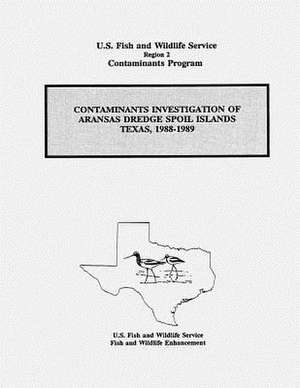Contaminants Investigation of Aransas Dredge Spoil Islands, Texas, 1988-1989
Autor Stephen M. Robertson, Thomas W. Schultz, Lawrence R. Gambleen Limba Engleză Paperback
Preț: 99.77 lei
Nou
Puncte Express: 150
Preț estimativ în valută:
19.09€ • 20.08$ • 15.77£
19.09€ • 20.08$ • 15.77£
Carte disponibilă
Livrare economică 26 martie-09 aprilie
Preluare comenzi: 021 569.72.76
Specificații
ISBN-13: 9781479184040
ISBN-10: 1479184047
Pagini: 36
Dimensiuni: 216 x 280 x 2 mm
Greutate: 0.11 kg
Editura: CREATESPACE
ISBN-10: 1479184047
Pagini: 36
Dimensiuni: 216 x 280 x 2 mm
Greutate: 0.11 kg
Editura: CREATESPACE
